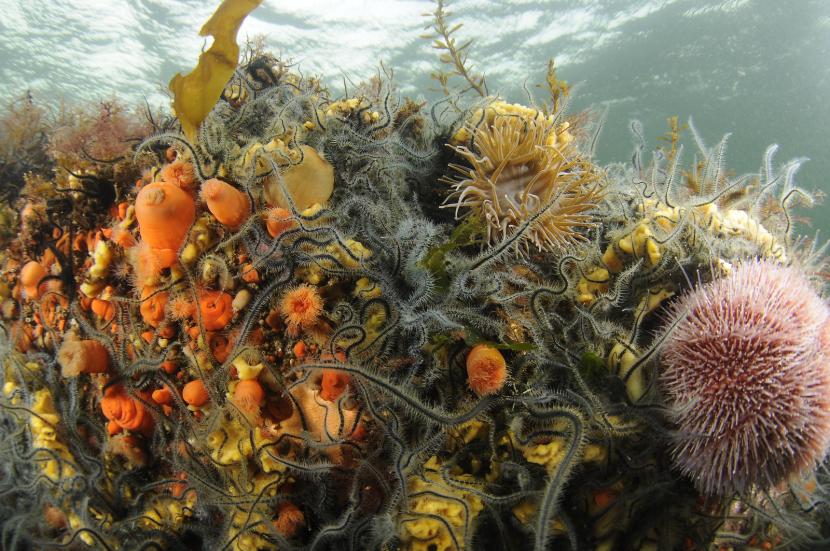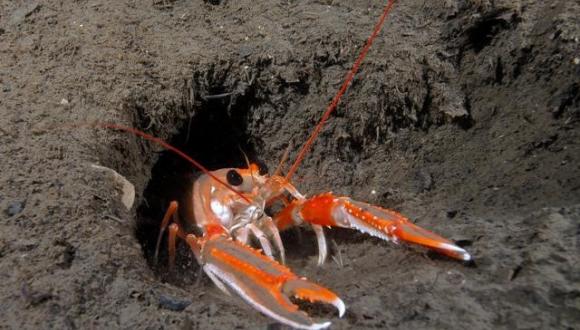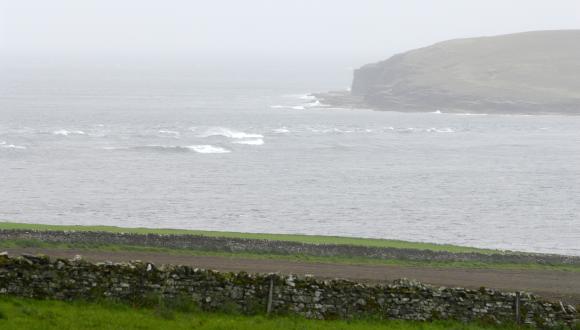Sea lochs
Inner basins of Scotland’s sea lochs, where still waters partly mimic the very deep sea, are special for marine life.
Here, close to shore and at much shallower depths than in the open sea, divers can see creatures that humans could otherwise see only by descending into deep water in a submersible.
Deep sea habitats close to shore
The dramatic glaciated scenery of the west coast of Scotland continues underwater in the sea lochs, forming a special home for marine life. Deep basins, scoured out by glaciers during the last ice ages, are protected from the waves of the open sea by tidal narrows and shallow sills.
The sides of the basins, especially where headlands project into the loch, can fall vertically to depths of 30m or more, ending in a seabed of soft mud. Nowhere else in Britain is underwater bedrock found in such sheltered conditions, and these sheer cliffs are especially rich in life. The fine mud at the base of the cliffs creates deep sea habitats close to shore.
On the surface, a layer of dark, peaty freshwater floats above the salt water, and in the absence of waves, does not mix easily. The seawater below is effectively insulated, making it relatively stable in salinity and temperature.
In the extreme shelter, fine silt settles on gently sloping underwater bedrock. Few animals or larvae can tolerate this clogging layer of fine silt. But vertical and overhanging rock remains clean and becomes covered with life – especially where tidal currents feed animals fixed to the rock.

Plumose anemones, seaweeds, brittlestar, sponges and a sea urchins in Loch Sween. © Ben James/ NatureScot
Life on the cliffs
The shallow parts of the cliffs, less than 10m below the surface, are challenging places to live.
Animals and seaweeds living here must be able to cope with both:
- being covered regularly in fresh or brackish water
- far greater changes in temperature than in deeper water
Some creatures are up to the challenge and do well, such as:
- small green urchins (Psammechinus miliaris) – these are abundant
- keelworms and encrusting coralline algae
- sugar kelp (Saccharina latissima) – this hangs down the upper parts of the cliff and shelters animals such as two-spotted goby
On the deeper cliffs, it is too dark for most seaweeds, but animals live in abundance in the more stable conditions.
Animals living on and in the rock include:
- sea squirts – including the bright red sea squirt (Ascidia mentula)
- star fish – such as the bloody Henry starfish (Henricia sp.)
- peacock fan worms (Sabella pavonina) – their long tubes stand out from the rock to trap passing food in a magnificent feathery fan
- Protanthea simplex, a sea loch anemone with frosty white tentacles and a peach coloured column – this Scottish speciality is abundant in some west coast sea lochs and otherwise only known in much deeper environments such as the waters around Rockall
- Neocrania anomala, a small brachiopod – this creature of ancient lineage is the size and colour of a penny
- a great variety of sponges including Hymedesmia paupertas, an unusual bright blue sponge – it grows with other strange-shaped sponges in the quiet water
- red, white and orange feather stars, including some deep water species – these thrive where currents are slightly stronger
- brittlestars and even the Yarrell’s blenny may live in small cracks
- squat lobsters and goldsinny wrasse make their homes in wider crevices
- Atlantic wolf fish – this fish may live in a large fissure and feeds on passing shoals of young herring or sprats
Life in the mud
In the inner basins of Scottish sea lochs and some Shetland voes are shallow inshore versions of deep sea mud habitats special to Scotland. At the bottom of these basins are stable conditions similar to much deeper water on more open coasts, and animals more typical of deeper depths can live as shallow as 15m.
A variety of crustaceans and worms build burrows within the stable mud, and spectacular forests of sea pens and firework anemones can be found on the surface.
Protected sea lochs
Some sea lochs are partially or wholly contained within Marine Protected Areas designated to protect a variety of the important marine habitats and species contained within them.
More information on the sites and how they are managed can be found at NatureScot’s Sitelink and on the Marine Scotland web pages for some sites. For a number of sites detailed survey and monitoring reports also exist.
Find out more
Watch the video, A quick dive into Loch Creran Special Area of Conservation





